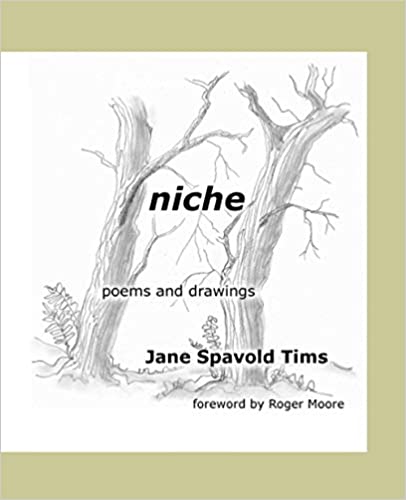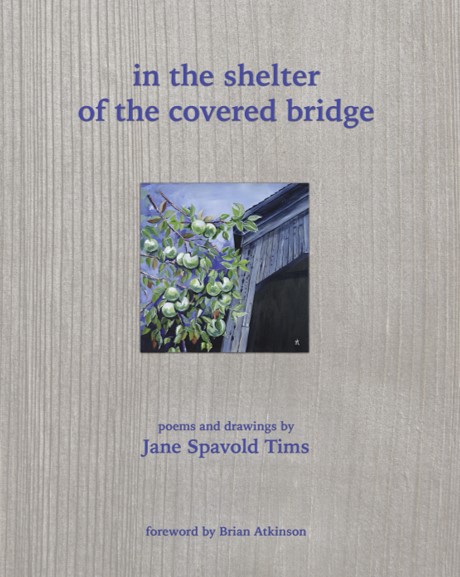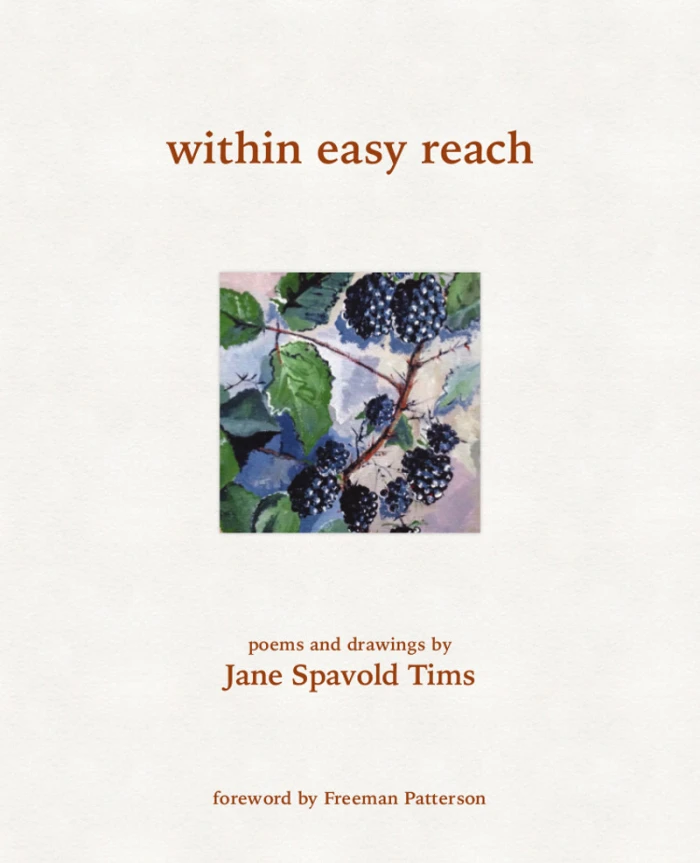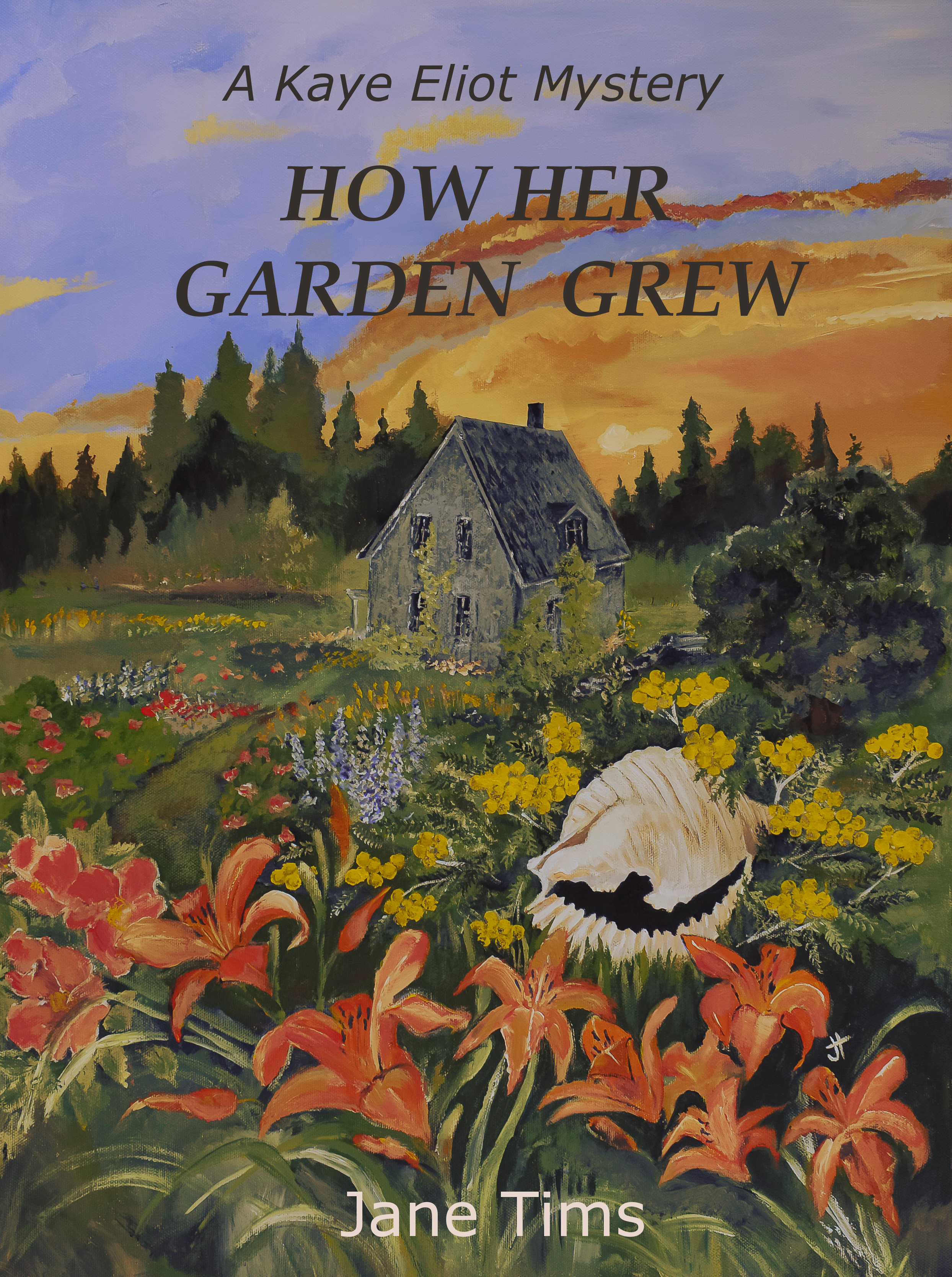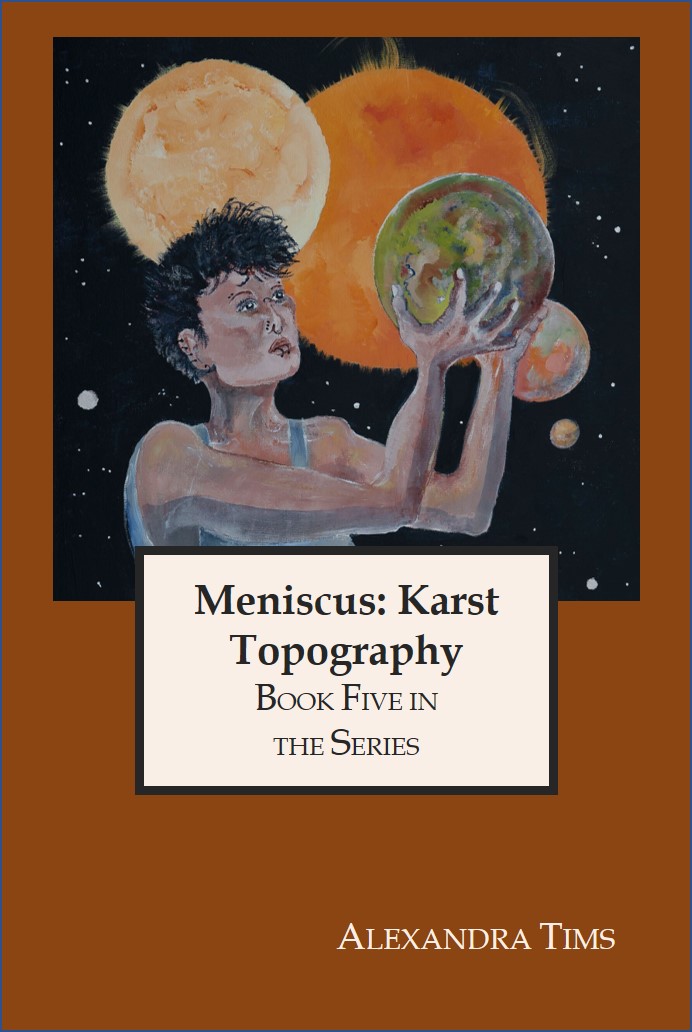Archive for the ‘abandoned spaces’ Category
ghosts are lonely here ….. new poetry collection
This spring, I began to gather together the various poems I have written over the years. One of my recurring interests has been abandoned buildings and other discarded human-built structures. And now, here is my book of poems about abandoned humanscape … ghosts are lonely here.
~
My book is available in paperback and includes 45 poems and 14 of my original pencil drawings. Most of the poems are about abandoned structures in New Brunswick, Canada.
~

~
We live in a time when built landscape is often in a state of abandonment: old churches, old bridges, old schools, old buildings. Add to this abandoned vehicles, abandoned boats and deteriorating stone walls, over-grown roads and decommissioned rail lines, and we exist in a landfill of nineteenth and twentieth century projects, abandoned to time. These poems listen to the histories and stories of the abandoned. The poems are sometimes sad, sometimes resentful, always wise.
~

~

~
To order ghosts are lonely here, click here.
~
Have a great day.
Jane
the wisdom of faerie tales
As I write and revise the poetry for my ‘garden escapes‘ project, I search for references to enrich my poems. One category of these is the faerie tale. Many faerie tales include gardens in their tale-telling. Some include wisdom to be applied to my experience of the abandoned garden.
~
I have chosen three faerie tales to include in my poems:
Rapunzel: the beautiful girl with the long, long hair is imprisoned in the tower because her father makes a bargain with a witch. In one version of the tale, the father steals rampion bellflower from the witch’s garden and gives his daughter as compensation.
Beauty and the Beast: a beautiful girl falls in love with an ugly beast. The tale tells us that you must sometimes look beneath the exterior to find inner beauty. This is another tale where a father is caught stealing a flower (a rose) from a garden and gives his daughter as compensation. Hmmmm.
Sleeping Beauty: when the princess is put to sleep, a thorny vine grows around the castle to hide her away.
~
I have included these faerie tales in three of the poems I have written. Below is my poem incorporating the tale of Sleeping Beauty.
~

wild cucumber (Echinocystis lobata)
~
I think the story of Sleeping Beauty requires a little retelling, to make the princess less compliant. The three vines in the poem are:
- Clematis (Clematis virginiana): names include virgin’s bower and devil’s darning needle. This climbing vine has delicate white flowers and fluffy seeds
- Virginia creeper (Parthenocissus quinquefolia): an aggressive climber with leaves palmately divided into five lobes
- Wild cucumber (Echinocystis lobata): a prickly annual vine and a climber with tall columns of white flowers
~

Virginia creeper (Parthenocissus quinquefolia)
~
Sleeping Beauty
~
“… round about the castle there began to grow a hedge of thorns, which every year became higher, and at last grew close up round the castle and all over it, so that there was nothing of it to be seen … ” –The Tale of Sleeping Beauty, the Brothers Grimm
~
three vines whisper—
Clematis virginiana
Virginia creeper
wild cucumber, reshape
the hawthorn, the rose
with frail flowers
and five fingers
tendrils like springs
disguise the thorns
~
keep curiosity seekers away
~
dampen noises from
beyond the barrier
where wakeful Beauty
taps her nails
on foundation granite
wonders if anyone
will dare to tear
at tendrils, breach wall
of thorn and vine
~
the need for rescue always in doubt
~
only decades ago
a home chuckled
behind the hedgerow
mowed lawn and a dyer’s garden
tansy at the cellar door
flax in the meadow
Beauty dibbling seeds
deadheading flowers
tying up sweet pea
~
only the cellar remains
~
perhaps she will slash
her way through hawthorn
rip out wild cucumber
scrape away suckers of creeper
tame the hawthorn, the briar
renovate house and barn
encourage the scent of sweet pea and petunia
transparency of hollyhock and mallow
whisper of yellow rattle, rustle of grasses
~
no more virgin’s bower
~

Clematis virginiana
~
This work was made possible by a Creations Grant from artsnb!
~
All my best.
Are you getting COVID-fatigue?
Stay alert!
Jane
garden escapes: lost settlements
During my project about garden escapes, I have discovered just how many settlements and properties have been lost from the New Brunswick countryside. The loss has been due to struggles which are largely rural at their roots: struggles due to economics, disease, the hardships of winter, the lure of the city.
~
Loss of these communities and houses has an impact on us all. The value of rural community has been pointed out recently by the COVID-19 pandemic. One of the reasons we have done relatively well in New Brunswick is our rural nature and the low population density.
~
To me, the sad side of the loss of rural community is the loss of information about these places, what it was like to live there and who the people were. What did they think about. Who did they love? What were their struggles?
~
The information can be knit together by a painstaking process of gathering the available puzzle bits and pulling the clues together. To illustrate, I will use the example of Kilmarnock, an abandoned community near Woodstock.
~
Today, Kilmarnock is a long drive on a backwoods road. There are lots of camps along the road and the road itself is kept in good condition.
~
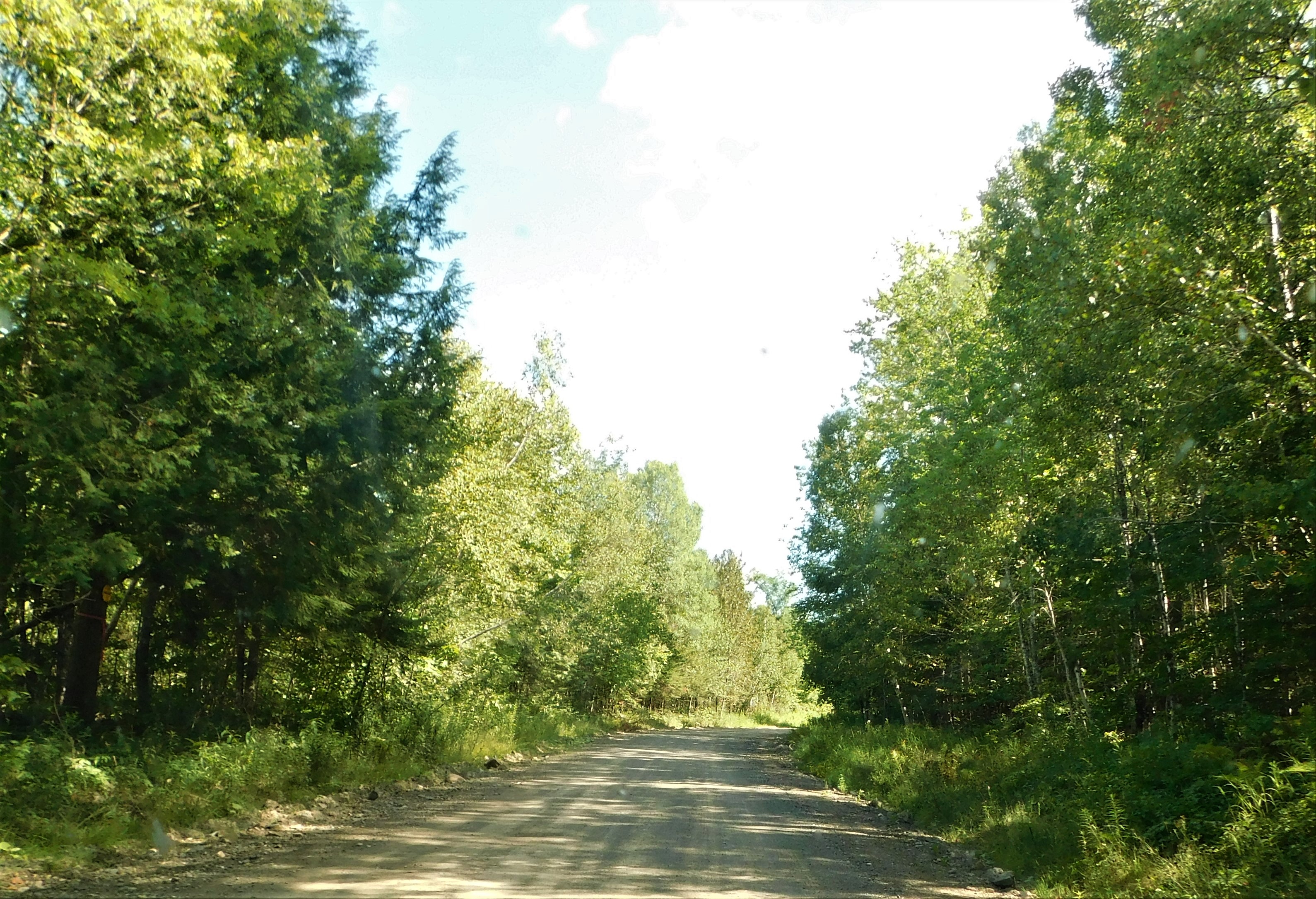
the Kilmarnock Settlement Road
~
First, there is no one place to go to for all of the information on a community. In New Brunswick, we do have a wonderful New Brunswick Archives website called Where is Home? https://archives.gnb.ca/Exhibits/Communities/Details.aspx?culture=en-CA&community=1963
The database for the settlement of Kilmarnock is short, typical of many communities listed.
William Gibson, who immigrated from Kilmarnock, Scotland, settled here in 1843: in 1866 Kilmarnock was a small farming settlement with about 3 families.
Among other information is a cadastral map of land grants, a bit mind-numbing because it shows a map of all grants, regardless of date.
~

~
Another source of information is the Canada Census. In Canada, the Census is available for the first year of every decade. I access the Census through my membership with Ancestry.ca and by knowing a name and the approximate birth year, I can usually find a lot of information on a community. In this case, I know the parish where the Census was taken (Northampton Parish, Carleton County) and I have the information from the Where is Home? site.
~
Because the settlement was established in 1843, I looked at the Census for 1851, knowing that some changes will have occurred in the interim 8 years. I find William Gibson and his family right away.
~

~
Name and Age
William Gibson 63
Robert Gibson 87
Jane Gibson 60
David Gibson 23
Wallace Gibson 21
Elizabeth Gibson 18
Bruce Gibson 15
~
Some of the notes about the family tell me that Robert and Jane were the married couple, not William and Jane, even though they were of an age. The Census also says that Robert and Jane had been in Canada since 1820 and that Robert was William’s uncle. Other notes say that William, Robert and Jane were from Scotland and William was a millright.
~
So, is this the William Gibson who founded the community? I think so. The ‘millright’ occupation is interesting since it explains the name of the stream, Gibson Millstream.
~

Gibson Millstream, looking east
~
Although the database says there were only three families in the settlement in 1866, the 1851 Census tells a different story. If you look for the names on the cadastral map, you can find most of them in 1851, on the pages before or after the notations for the Gibson family. The Census shows there were at least nine families in Kilmarnock in 1851. Starting from the crossing of the stream and working southward:
- Robert and Jane Gibson and family of 7, including uncle William Gibson, age 63
- James and Marrion Rankin and family of 7
- Robert and Mary Craig and family of 1
- Thomas and Nancy McGinley and family of 7, including the grandfather Joel Young, age 82
- John and Elizabeth Gibson and family of 4
- John and Thankful Marsden and family of 6
- Peter and Nancy Marsden and family of 5
- William and Bathsheba Tompkins and family of 10
- Joseph and Margaret Wolverton and family of 3
~
If you look at the cadastral map above, these names match the surnames of property owners on the map, reading from north to south and then from west to east.
~

~
A look at the Census for 1881 is also interesting. All of these families and others are represented, although some people have died in the thirty years, and some families have grown.
~
With regard to the garden escapes project, my discoveries were few. We did not see the south part of Kilmarnock settlement because of a cable across the road. However, the Google Earth satellite map shows that fields have been used and there is a windrow of trees between two adjacent fields (probably between the McGinley and Young properties).
~
The only other vegetation sign we saw was an old apple tree on the corner where the road crosses the Gibson Millstream (marked with an ‘x’) and a young apple tree along the road (also marked). Perhaps these trees are descendants of settlement times, perhaps they are apples from a wandering deer up for a visit from Woodstock.
~

apple tree at Gibson Millstream crossing
~
So much knowledge is lost from generation to generation. I find it a good argument for telling stories, keeping diaries, writing letters, keeping blogs, contributing to community endeavours.
~
One of the poems in the project will be the imagined walk along the Kilmarnock Road by Mary Craig and her son John, 2 years old.
~
This work is accomplished as part of an artsnb Creations Grant.
~
Get out your diary and write in it. Sort your photos.
So much to do.
If you don’t want a future poet making up stuff about you.
All my best.
Jane
garden escapes: where did they come from?
When I find a plant in a ditch or roadside where it has no business to be, I wonder how it got there. Of course, the mechanism is usually plain. Some plants have arrived by seed, others by horizontal roots. But how did they get into the garden if that is where they came from?
~
This weekend, we found three plants which made me wonder how they arrived in the community where they now grew: bouncing-Bett (Saponaria officinalis), white sage (Artemesia ludovinciana) and harebell (Campanula rotundifolia).
~

~
Where did they come from?
~

bouncing-Bett (Saponaria officinalis)
~
bouncing-Bett, common soapwort
Saponaria officinalis
~
pink blur along the road
fills the ditches
perhaps she loved colour
or needed mild soap
to wash delicates
gloves sullied in the garden
~

white sage (Artemesia ludovinciana)
~
white sage
Artemisia ludovinciana
~
hugs the edge of the road
a slash of silver
in a matrix of green
perhaps he sought
smoke and smoulder
sacred odour of the smudge
~

harebell (Campanula rotundifolia)
~
harebell
Campanula rotundifolia
~
in the margins of the road
harebell catches
found among the grasses
perhaps they wished to play
dress-up with lady’s thimbles
reminded them of home
~
~
Be safe, wear your mask.
All my best,
Jane
garden escapes: balm-of-Gilead
My mom used to take me for a walk around the garden when I visited. One of her favorite trees was the balm-of-Gilead. Her original tree had escaped into other places along the driveway and she loved its tenacity. She always pulled a leaf from a low branch and crushed it to bring forth the smell … slightly medicinal, aromatic and balsamic. I also love the colour, green with a tinge of orange bronze.
~
The balm-of-Gilead (Populus × jackii or P.× gileadensis), is the hybrid between balsam poplar and eastern cottonwood. This hybrid is sometimes planted as a shade tree, and sometimes escapes from cultivation.
~

~
As we drive the roads of abandoned houses and community, I often see balm-of-Gilead before I see any other garden escapes.
~
In 1898, Beaufort, Carleton County, was a community with 1 post office and a population of 100. Today, there is only one, modern house in the community. But remnants of old gardens still remain. We saw many garden plants, both persisting and escaping: monkshood, dropwort, orange day-lily and butter-and-eggs. There were also apple trees and a poplar I identified as balm-of-Gilead.
~

Today Beaufort is a long, lonely road with only traces of the former community.
~
I took a slip of Mom’s balm-of-Gilead and planted it at our cabin property. It is taking its time, growing a little more each year. I think, when I am gone, perhaps this tree will have grown and be sending out descendants of its own.
~
This work was made possible by a Creations Grant from artsnb!
~
Take care, stay safe.
Don’t get Covid-tired.
Be tenacious like the balm-of-Gilead.
Jane
garden escapes: learning something new
The poems I am writing have two dimensions:
- consideration of the plant, its names and characteristics, and its tendency to die, persist or escape when a garden is abandoned
- consideration of the community or area where the plant occurs
~
For the botany, I have my floras: Hal Hinds ‘Flora of New Brunswick‘ (2002), Roland and Smith’s ‘Flora of Nova Scotia’ (1969) and others. During the project so far, I have learned about three new-to-me flowers: golden alexander (Zizia aurea), dropwort (Filipendula vulgaris) and narrow-leaved everlasting pea (Lathyrus sylvestris).
~
~For the history, I have the New Brunswick Archives site ‘Where is Home?’ which tells when the community was first settled, what the population of the community was in certain years and so on. I also have the Canada Census for various decades and some excellent local histories lent to me by a very good friend.
~
For example, one of the abandoned communities we visited was Mavis Mills, north of Stanley. The community of Mavis Mills included a lumber mill and camp, post office and train stop. The community was named by a lumberman for his daughter, Mavis Mobbs. The community had a post office from 1922 to 1928. The 1921 Census shows a boarder and miller, John Mobbs, in Stanley Parish and below his name a mill camp with 31 men.
~
Something that puzzled me was the entry of ‘last lumberman’ under occupation, beside each of the 31 names. At first I thought it was a mis-spelling of ‘lath.’ Then I read more about the mill, in Velma Kelly’s book ‘The Village in the Valley: A History of Stanley and Vicinity‘ (1983). After World War I, metal was in short supply. So in 1919, the Mavis Timber Company was contracted to make ‘last blocks’ from rock maple.
~

a screen capture of part of the Canada Census for 1921 … under ‘Occupation’, the Census lists ‘Last lumber for each worker in the mill …
~
I had no idea what ‘last blocks’ were, so went on a Google hunt. ‘Last blocks’ were used to make the wooden shoe forms used by shoe makers. From 1919 to 1924, the Mavis Lumbering Company made five million ‘last blocks,’ to be shipped to England.
~
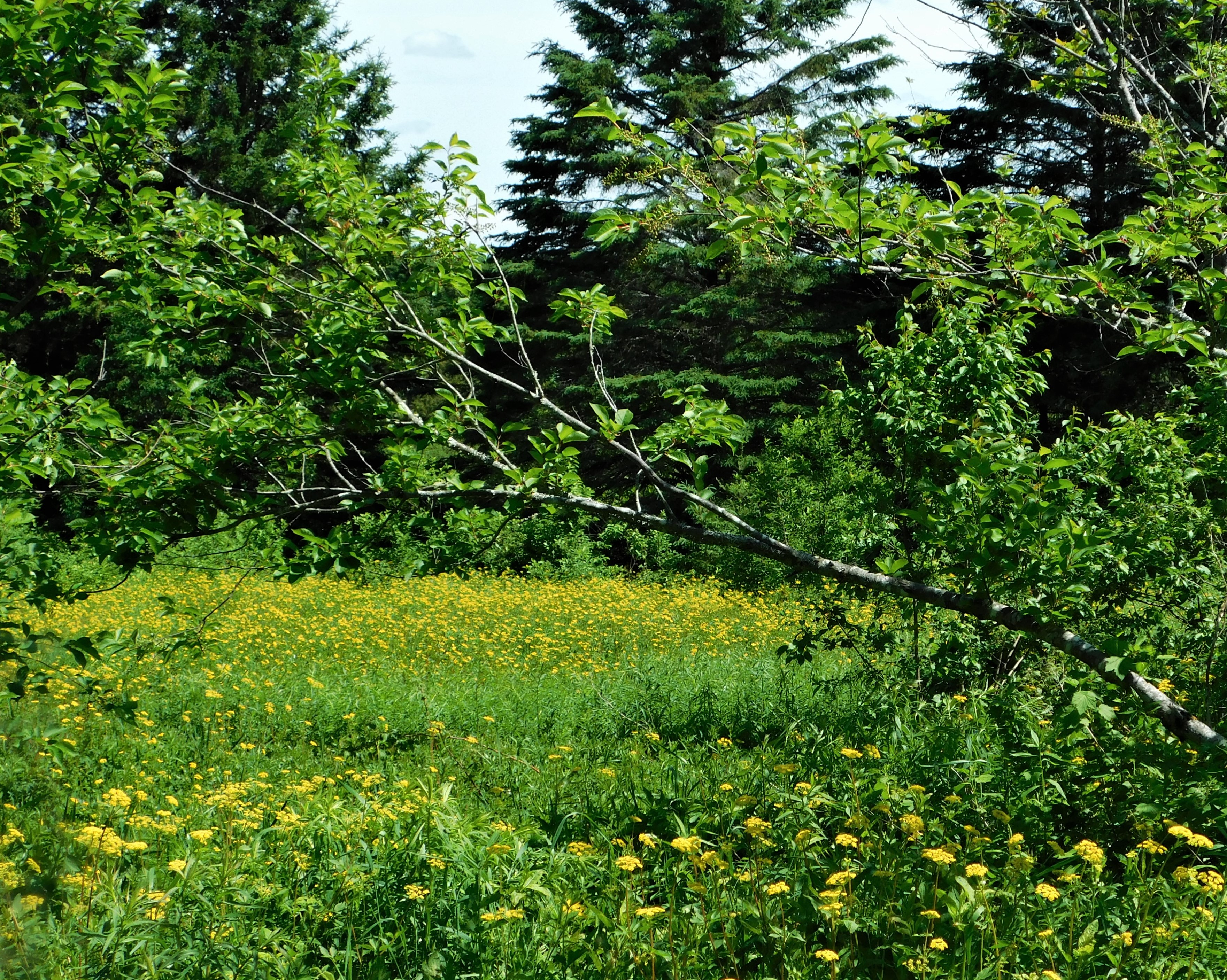
an empty lot in a place in the community where Mavis Mills once stood … the lot is filled with golden alexanders
~
Such is the learning from a project such as mine. The phrase ‘never stop learning’ comes to mind.
~
Have you ever heard of a ‘last block?’ My great-grandfather, Josiah Hawk, who was a shoemaker in Pennsylvania, would be puzzled about the lack of knowledge of his great-granddaughter!
~

shoemaker’s lasts (Source: Wikipedia)
~
Note that this project ‘garden escapes’ is funded under a Creations Grant from artsnb (the New Brunswick Arts Board).
~
All my best,
staying in as much as possible and staying safe,
Jane
garden escapes: vectors
The term ‘vector’ has different meanings depending on the discipline. In university I took two engineering courses that occupied me in the study of ‘vector’ mathematics!
~
In biology, a ‘vector’ is any organism or physical entity that moves an element from one place to another. The idea of vectors is used in epidemiology, in reproductive biology, and in ecology. When I try to understand garden escapes, I am interested in vectors for seed or vegetative dispersal.
~
Once a garden is abandoned, the plants there will either die, persist or escape. They escape by way of rhizomes (horizontal roots), rooting of plant parts (suckering) or spreading of seeds.
~
Seeds or pieces of plant can be spread to other locations by various vectors: water, soil, air or animals. Seeds, for example, can be carried along by water in a ditch, or can spread by wind that carries seeds on specially adapted seed parts.
~

air as a vector for seed transport
~
Animal vectors include insects, birds, mammals (including humans). Some of this is deliberate (a squirrel burying acorns) and some is accidental (humans spreading seed by moving soil from one area to another).
~

squirrel as a vector for transport of seed
~
The various garden escapes I have encountered usually have their preferred vectors.
- lupines- seeds carried through air as a projectile
- orange day-lilies- rhizomes through soil
- yellow loosestrife- rhizomes through soil
- creeping bellflowers- rhizomes through soil
- rose bushes- roots through soil; humans who dig up and replant shoots
- grape vines – suckering, seeds, humans
~
This is a poem about a human vector (me):
~
paths to come and go on
~
Old rugosa rose,
brought the stem and root,
across the ferry
from Grand Manan,
in a banana peel.
Every summer pale
pink blooms on an arc
of thorns, biggest hips
you ever saw. Rose
will outlast the house
and all who live here.
~
Virginia creeper
dug From the river bank
below the willow
on Waterloo Row.
Overcomes the pole
and every summer
the power people
pull the creeper down.
Red in the autumn,
sneaks across the lawn,
started down the drive
and along the road.
~
The staghorn sumac
pinnate leaves spreading
cast purple shadows,
give a tropical air
to the driveway.
Brought the root and slip
from the gravel pit
in Beaver Dam.
New shoots every year.
Headed direction
of Nasonworth,
last time I looked.
~

~
Note that this project ‘garden escapes’ is funded under a Creations Grant from artsnb (the New Brunswick Arts Board).
~
All my best!
Jane
garden escapes: having fun
I have been working at my garden escapes project for almost a month now. Many of the poems are simple free verse, usually evenly divided in stanzas of four to seven lines, often consisting of regular numbers of syllables. I have also tried some other forms, the pantoum and the ghazal. And most fun of all, for a few poems, I have tried shape poems, using the lines of the poem to create shapes reflective of the subject matter.
~

~

~
Here is a poem that goes a step further. The shape shows the shape of lupins growing in the ditch; the colours are the colours of the flowers.
~

~

~
And, a poem about chokecherries, in the shape of the hanging blossoms or berries.
~

~

~
I will continue to work with these, perhaps aiming to make the poem read sensibly no matter which way you approach it.
I’d appreciate any comments, positive or negative!
~
This work was made possible by a Creations Grant from artsnb!
~
All my best,
doing my best to stay in my shape,
Jane















